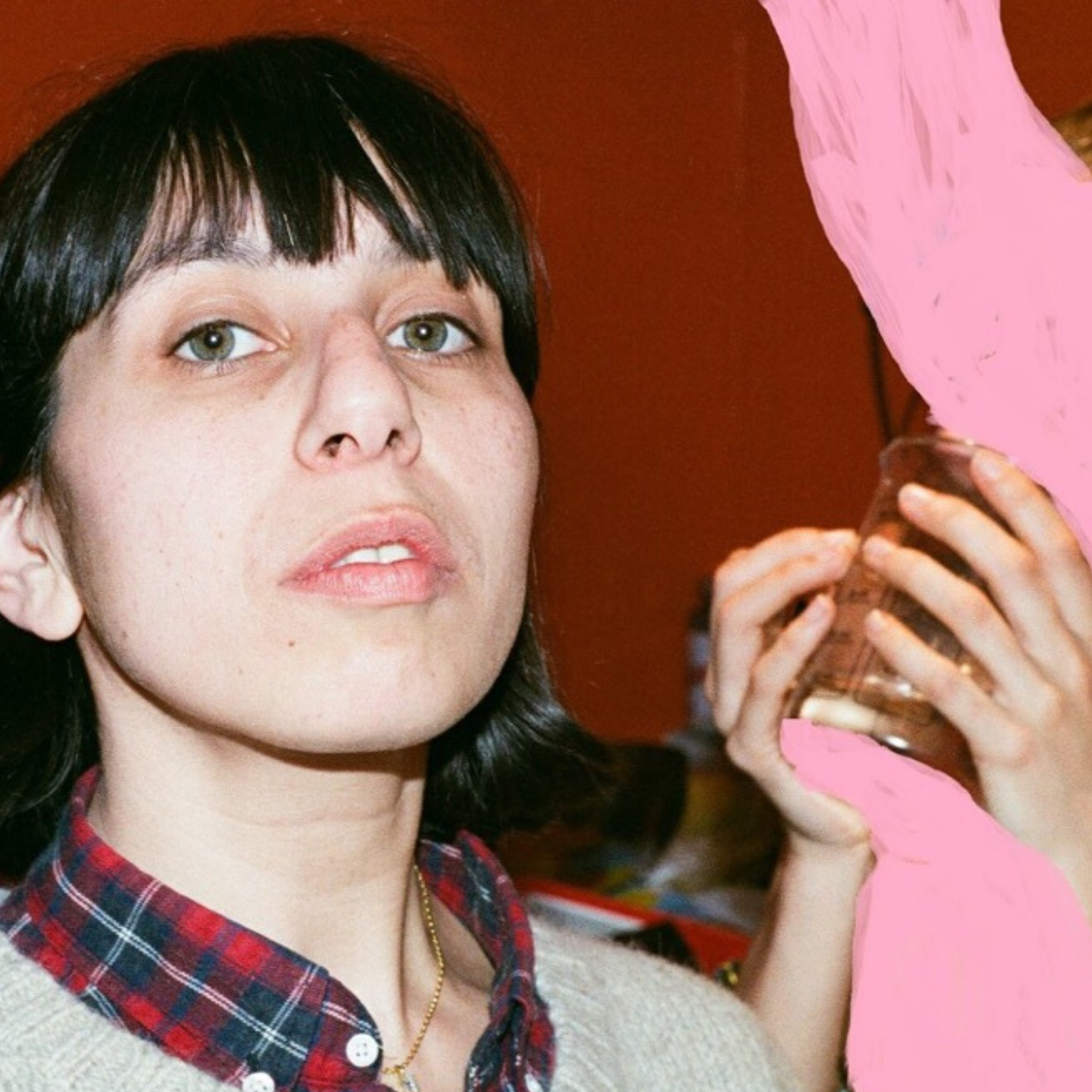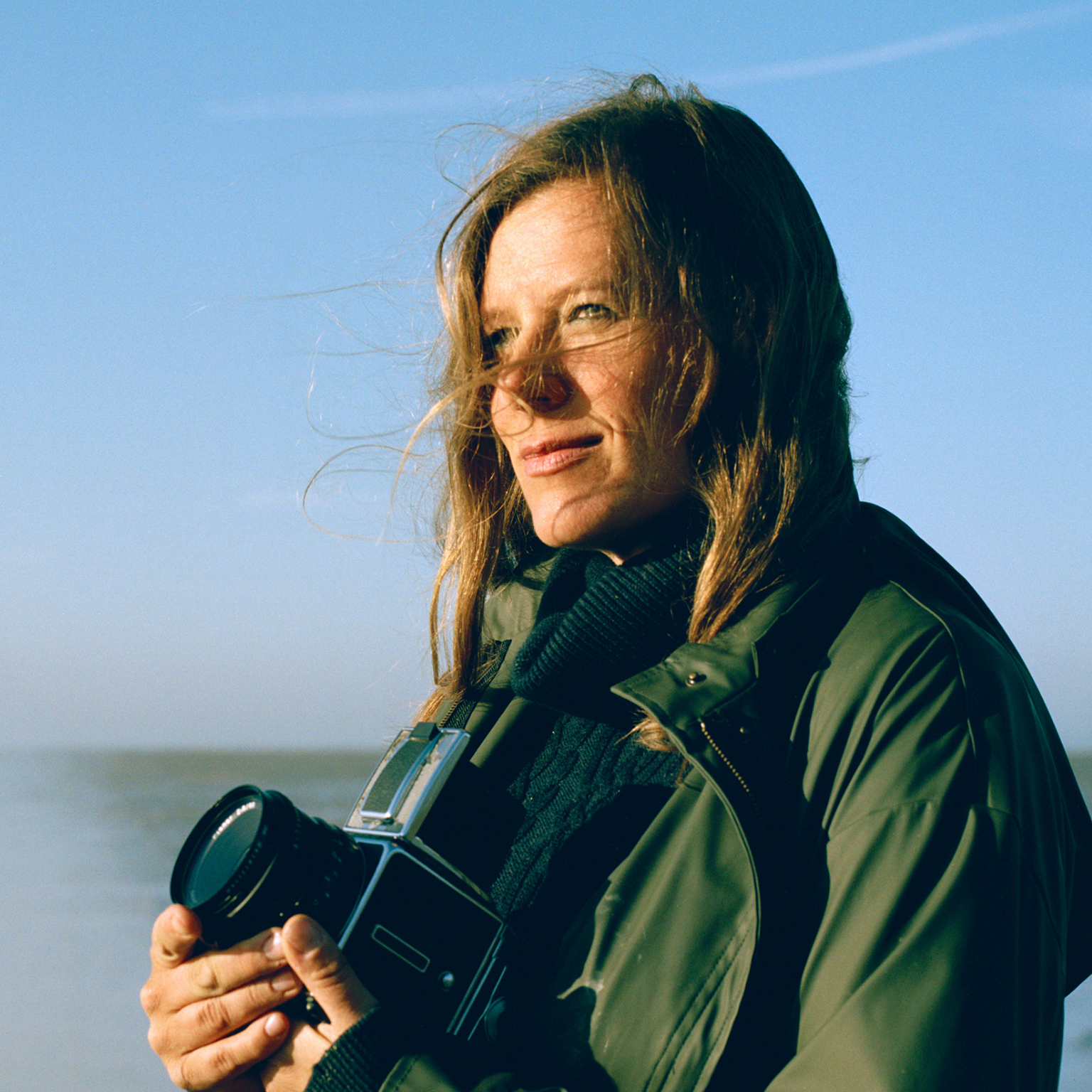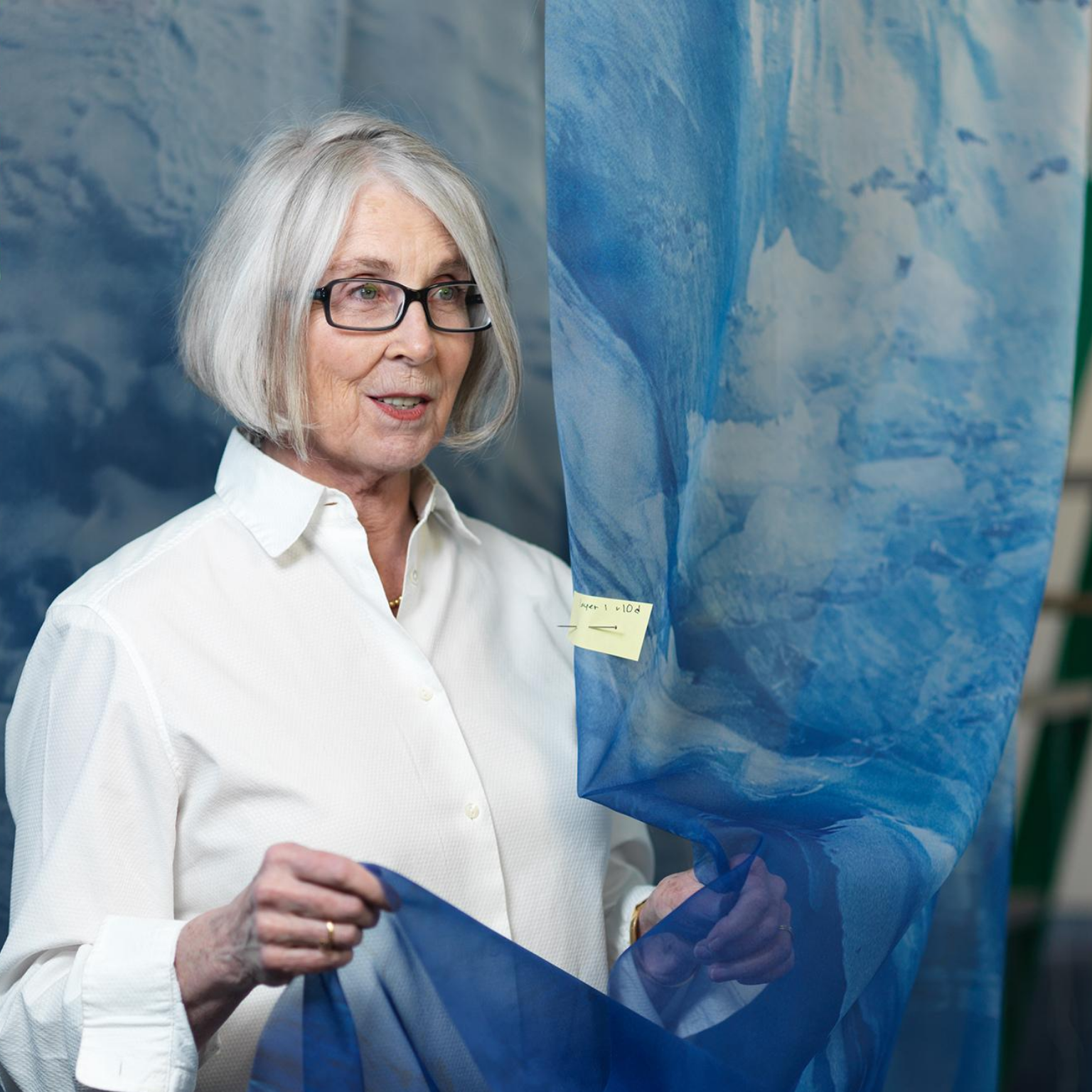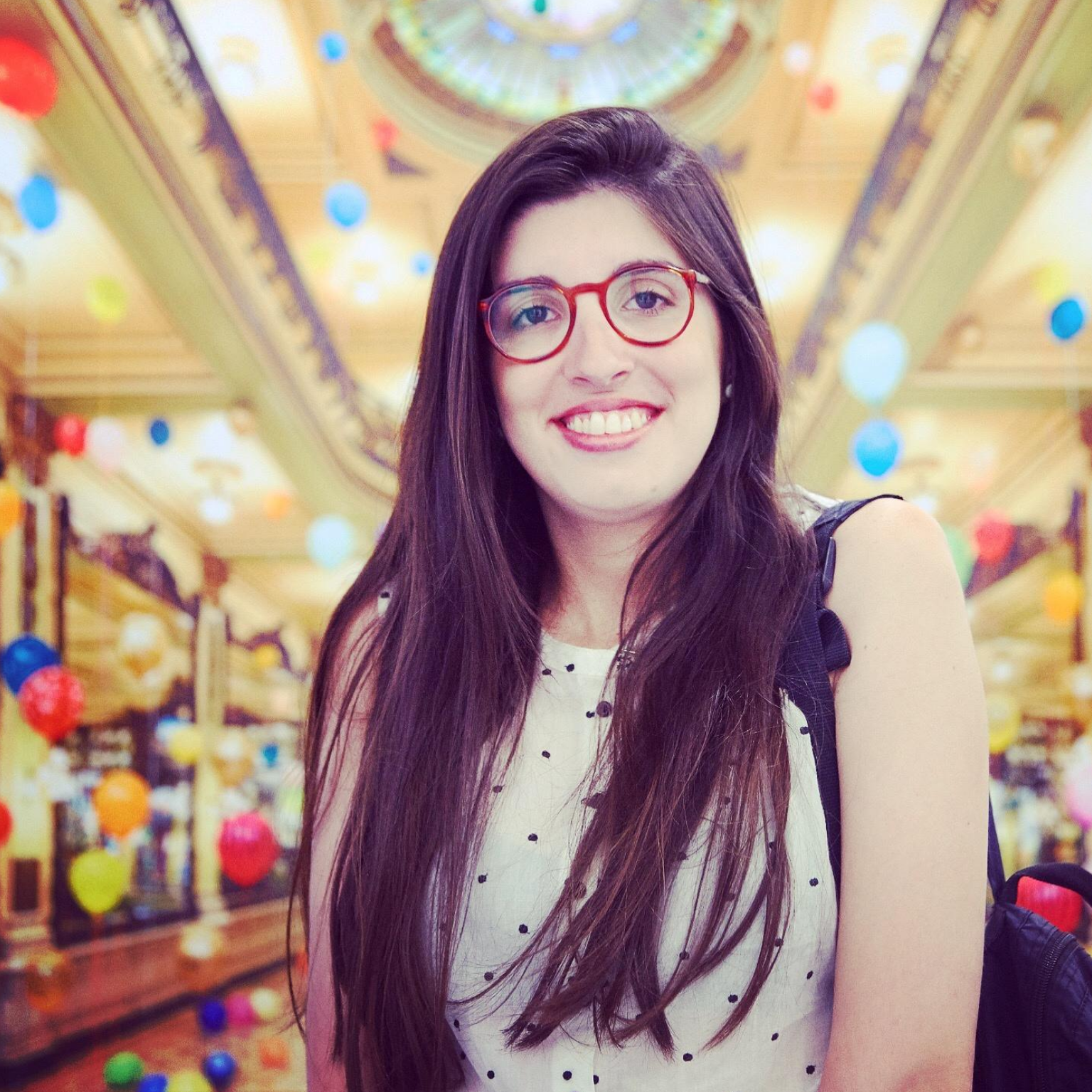Jennifer Abessira, visual artist, working between Paris and Tel Aviv. Photography © Jennifer Abessira
1. Could you introduce yourself and the purpose of your artistic work?
My name is Jennifer Abessira I was born in 1984 in Paris and I moved to Tel Aviv with my parents when I was 7.5 years old. I started to call myself an image creator cause for me photography is a bit dead since the huge flood of images that characterizes the times we are living in.
2. How important are social networks in your work?
I use my Instagram account as my main platform of creation, it’s my studio. Unless most of the artists that create in their studio, I create images & videos with Instagram, I classify my life/work with a series of hashtags I invented. Social networks are the pillar of my works so of course, they are important to me!
3.Could you share with us the impact of the crisis on the promotion of your work and the way you are facing this situation?
I have to admit that I’m quite happy in my home that became my bunker since the beginning of the crisis, I don’t remember creating so much before in my life… I decided to open a new hashtag that will reunite all my creation during the crisis #TheOnlyWayOutIsInCoronaVirus. Living in such a problematic country like Israel, I’m used to totally isolate myself from the news, but that time it got even more radical with zero news and zoom! Only going inside.
4. What’s your favourite museum and why?
I have LOTS of favorite museums so it’s a hard question since I must pick one, I’ll say that the Centre Pompidou in Paris. It’s like a home for me, I love everything in & outside it. It’s like a huge spaceship that landed in the heart of Paris. I can’t imagine Paris without it.
Interview by Louise Coussieu Baylac, contributor
MORE
Jennifer Abessira on social networks: Instagram
Jennifer Abessira is a photographer who works in between Tel Aviv and Paris, but the actual site of her art is her Instagram account. She posts her palpable images daily, creating an intimate journal that belongs to the public. Privacy, for her, is not opposed to being in the open.
She does not need a “room of her own,” a studio in which the world’s imposing presence – its noise and flux of images — could be bracketed. The fact that contemporary experience is inundated with an incessant flow of images is a starting point for her.
“Images can all too easily hide the truth of things from us, but they are often our sole access to that truth.” Images – their shining, their beauty– are what she both loves and distrusts and this distrust and love is what her work constantly negotiates.



